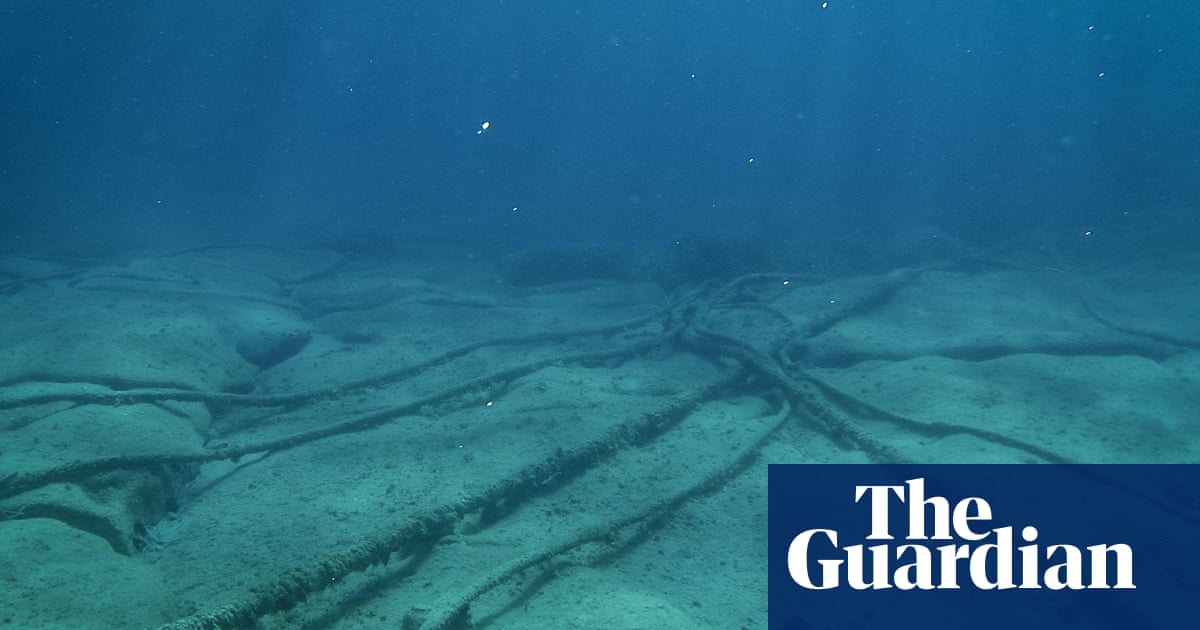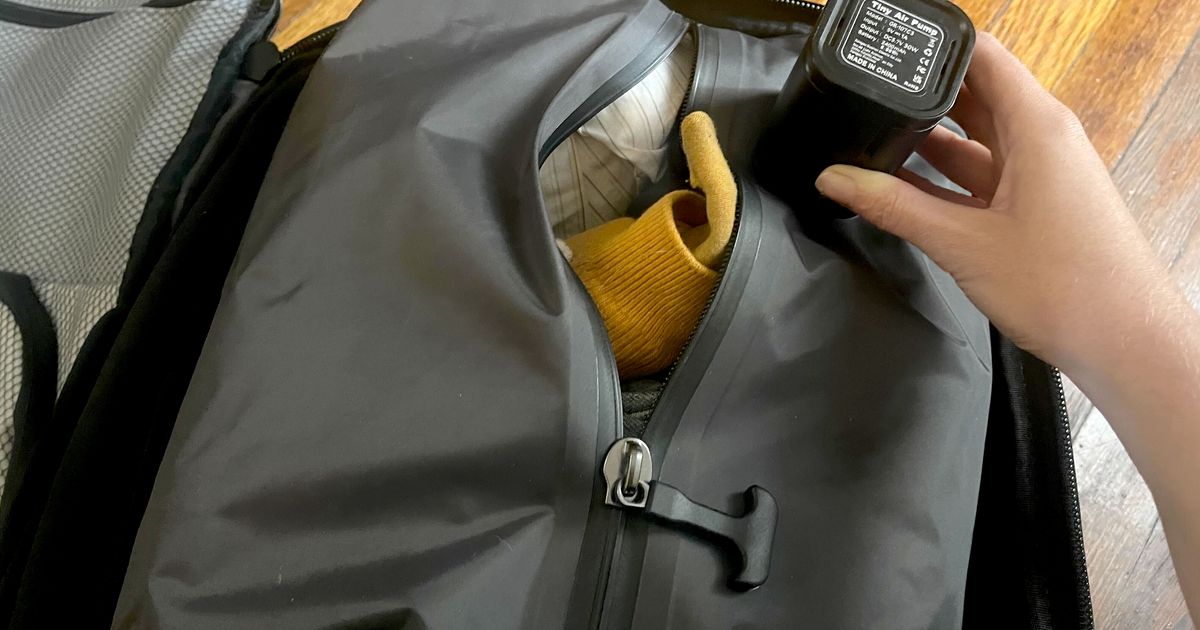World
Wire cutters: how the world’s vital undersea data cables are being targeted

The lead-clad telegraphic cable seemed to weigh tons, according to Lt Cameron Winslow of the US navy, and the weather wasn’t helping their attempts to lift it up from the seabed and sever it.
“The rough water knocked the heavy boats together, breaking and almost crushing in their planking.”
Eventually, Winslow’s men managed to cut the cable with hacksaws and disrupt the enemy’s communications by slicing off a 46-metre (150ft) section.
This was in 1898 off the cost of Cuba during the Spanish-American war. More than a century later, subsea communications cables remain a target during times of geopolitical tension.
On 17 and 18 November this year, two undersea fibreoptic cables in the Baltic Sea were damaged in an act that the German defence minister, Boris Pistorius, said was probably sabotage. Swedish police have said a Chinese cargo carrier, Yi Peng 3, which was in the area of the cables when they were severed, is “of interest”.
The geopolitical backdrop to the current threat against undersea cables is the Russian invasion of Ukraine, China’s behaviour towards Taiwan and the Israel-Gaza war, but they have long been an obvious target.
The cables – thick as a garden hose when laid in deep water – carry 99% of international telecommunications traffic for personal, business and government use, with 530 submarine cable systems in service around the world, spanning more than 850,000 miles.
A typical global submarine cable map is a stark visual representation of the connectivity of the world and its vulnerability to disruption. These cables facilitate trillions of dollars worth of financial transactions a day, carry sensitive government communications, deliver voice calls and transmit data around the internet.
Dr Sidharth Kaushal, a senior research fellow at the Royal United Services Institute, a defence and security thinktank, says undersea cables are vital to the global economy and are therefore of clear interest to any state wanting to cause trouble.
“If you look at the amount of global data that goes through these cables, the ramifications of sustained damage are quite significant,” he says.
However, given the sheer amount of cables around the world’s seabeds, a truly damaging attack would require sustained and very public action. One advantage of one-off attacks such as the Baltic Sea incident is their plausible deniability, says Dr Kaushal. Nonetheless, he says, the economic threat behind an attack means they can still send a “potent diplomatic signal”.
The west was implicated in the tapping of cables for surveillance purposes, after documents leaked by the whistleblower Edward Snowden showed leading telecoms firms had given Britain’s GCHQ spy agency access to undersea cables.
Recorded Future, a US cybersecurity firm, said in a report last year that Russia was monitoring undersea cable systems closely.
“Russia, eager to inflict pain on the west for its support of Ukraine, has demonstrated an increased intent to map the submarine cable system, very likely for potential sabotage or disruption.”
In 2015, the New York Times reported that Russian submarines and spy ships were operating “aggressively” near undersea cables from the North Sea to north-east Asia.
However, it is not just Russia under suspicion.
A report by Taiwan’s national audit office this year said foreign ships had damaged cables linking the country with its outer islands 36 times since 2019, with 12 incidents registered last year. The damage was caused by a variety of vessels including fishing boats, cargo boats and sand dredgers.
In February last year, two cables linking Taiwan to its outlying Matsu Islands were damaged within days of each other by a Chinese fishing boat and a Chinese cargo vessel – causing slower internet connections and dropped phone calls – in what one analyst described as a dry run for an “invisible blockade” of Taiwan.
This year, Houthi rebels in Yemen denied targeting cables in the Red Sea after lines belonging to four big telecom networks were damaged.
There are more than 100 submarine cable faults each year, according to Recorded Future, which are defined as incidents where the cables are damaged or severed entirely, disrupting their ability to transmit data. The majority of damage is accidental, often caused by trawler nets or ships dragging their anchors or, in one case in 2022, a volcanic eruption off the coast of Tonga.
Howard Kidorf, a managing partner at Pioneer Consulting, which advises companies on submarine cable networks, says the steel-wrapped lines can be cut “somewhat easily” if rogue actors want to cause disruption.
“To sever a cable deliberately, most malign agents would use the same means as an accidental break: an anchor or other grapple at the end of a rope of chain,” he says.
Until the late 1950s, shark bites were also a problem for telegraphic cables, although no such attacks have occurred in recent decades, according to the International Cable Protection Committee, which says the majority of cable faults since 1959 have been caused by fishing and anchors.
Repairs can be expensive and time-consuming. A submarine cable costs about $40,000 a mile and a new transatlantic cable would cost between $200m and $250m, according to research group Dgtl Infra. At their deepest point, transatlantic cables reach about 4,000 metres.
Recorded Future has also noted that Chinese state-owned or affiliated entities have sought a greater stake in the global submarine cable network, which it claims is “almost certainly increasing China’s ability to manipulate, surveil and interfere with worldwide data flows”.
Now it is a question of how much disruption state actors can, or wish to, cause.










